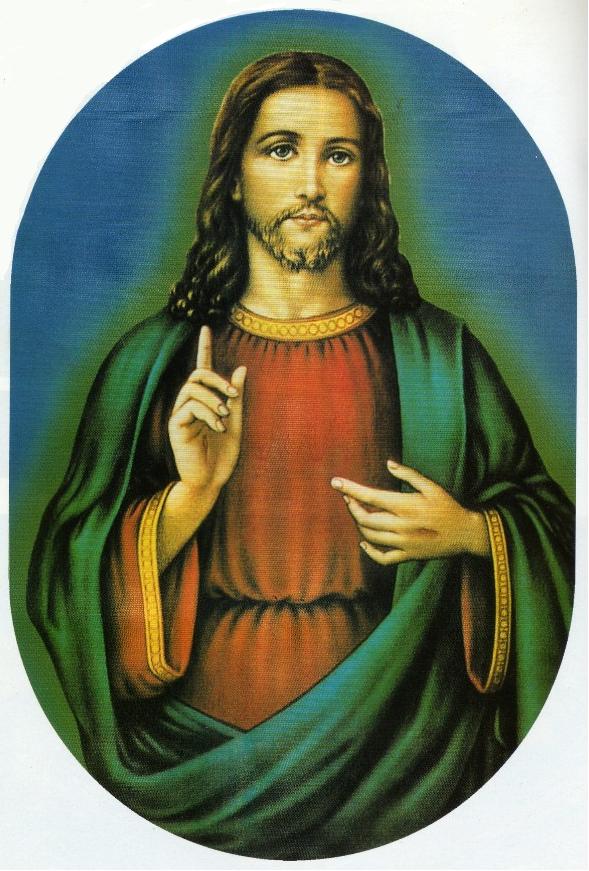

"I can do every thing through Christ which strengthens me."
Phil 4:13
[home]
The Syriac
Orthodox Patriarchate of Antioch
Bab Touma,
P.O. Box 22260
Damascus,
Syria
![]()
Antioch, the
Apostolic See of Peter
The Syriac Orthodox Church of Antioch is held to be the first church of the Christianity, and its Patriarchate of Antioch is the Headquarter of the Holy See of Antioch, and its spiritual care. is said to be established in Antioch on 22nd Feb 37 AD by St. Peter the apostle. Antioch was then the capital of the East, and where the faith so early took such deep roots as to give birth there to the name CHRISTIANS.

It is the second church in Christianity after that of Jerusalem, and first church which included Jews and Gentile together. Given the antiquity of the bishopric of Antioch and the importance of the Church in the city of Antioch, the first Ecumenical Council of Nicea (AD 325) recognized the bishopric as a Patriarchate along with the bishoprics of Rome (est. AD 61), Alexandria (est. AD 61), and Jerusalem, bestowing authority for the Church in Antioch and the entire East on the Patriarch. The Synod of Constantinople in AD 381 recognized the See of Constantinople also as a Patriarchate.
The authority of the ecumenical synod was also accepted by the Church in the Persian Empire which was politically isolated from the Churches in the Roman Empire. Until AD 498, this Church accepted the spiritual authority of the Patriarch of Antioch.
The Christological controversies that followed the Council of Chalcedon in AD 451 resulted in a long struggle for the Patriarchate of Antioch between those who accepted and those who rejected the Council of Chalcedon. After a period of turbulent history, in AD 518, Patriarch Mor Severius was forced to move from the city of Antioch and took refuge in Alexandria. On account of many historical upheavals and consequent hardships which the church had to undergo, the patriarchate was moved to various locations in the Middle East for centuries until it settled in the monastery of Dayro d-Mor Hananya (also known as Dayro d-Kurkmo, and Deir az-Za'faran--Syriac and Arabic respectively for Saffron Monastery) in Mardin, Turkey, during the 13th century. After another period of heinous violence during and after World War I, which took the lives of a quarter million Syriac Orthodox faithful, the patriarchate was transferred to Homs, Syria, in 1933, and later to Damascus in 1959.

The Monastery of Mor Hananyo (also
known as Dayro d-KURKMO in Syriac and Deir ul-Za`faran in Arabic
meaning the "Saffron Monastery" - located 2 miles southeast of
Mardin, Turkey.
Founded in 493 AD, it was,
from 1160 until 1932 the seat of the Syriac Orthodox Patriarch
The See of Antioch continues to flourish till our day, with His Holiness Patriarch Moran Mor Ignatius Zakka I, being the 121st in the line of legitimate patriarchs. Since September 14, 1980, His Holiness Mor Ignatius Zakka I Iwas reigns as the Patriarch of Antioch and the Supreme Head of the Syriac Orthodox Church.
The Patriarch should be addressed:
His Holiness Moran Mor Ignatius (Zakka I Iwas),
Patriarch of Antioch and all the East,
Supreme Head of the Universal Syriac Orthodox Church
The Name of the Patriarchs of Antioch
The Syriac Orthodox Patriarch of Antioch used to be known by his own name; however, when Patriarch Yeshou was enthroned in the year 878 AD, he adopted the name Ignatius after the great martyr Ignatius the Illuminator, the third Patriarch of Antioch. When the Patriarch Yousef (Zokheh) Ben Waheeb, Bishop of Mardin was installed Patriarch (for Patriarchate of Mardin) in 1293-1333, with the name Ignatius, four other patriarchs followed his example. when Patriarch Behnam al-Hadli 1445-1454 was installed for Patriarchate of Antioch adopted the name "Ignatius" after Ignatius I the Nurono (the Illuminator) 67-107 third Patriarch of Antioch, then the custom was confirmed and it has remained a continuous tradition in the Syriac Orthodox Patriarchate of Antioch to this day.
[home]